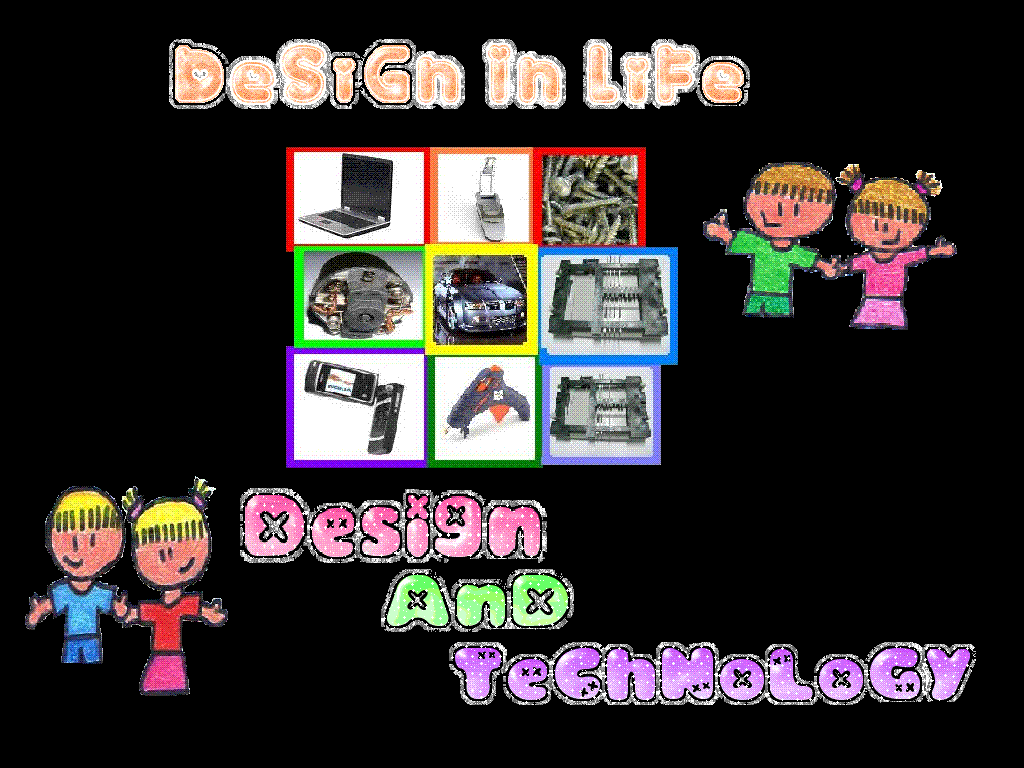Gears!~
•Spur Gears
Spur GearsSpur gears are toothed wheels which mesh together to transmit rotary motion and torque.

When two gears are used it is called a simple gear train. If one of these gears is attached to a motor or a crank then it is called the driver gear. The gear that is turned by the driver gear is called the driven gear.
Gears are used to increase or decrease the speed or power of rotary motion. This is achieved by using gear wheels with different numbers of teeth. To see this happen, alter the number of teeth on the gear wheels in the animation.
In simple gear trains the driver and driven gears rotate in opposite directions.
•Bevel Gears
Bevel gears work in pairs and in a similar fashion to worm and worm wheels, they transmit torque and rotary motion through 90º. The coffee grinder in the photo shows a practical application of bevel gears.

When bevel gears have the same number of teeth on each wheel they are called mitre gears. For every complete turn of the input shaft the output shaft turns once as well. The Chair Ride drive mechanism uses mitre gears.
When gear wheels with different numbers of teeth are used, an increase or decrease in the speed of output shaft rotation will result.
Run the animation with 'show markers' selected and you will see that for every one complete turn of the input shaft the output shaft turns four times.
•Worm and Worm wheel
Like bevel gears a worm and worm wheel transmits torque and rotary motion through 90º. The Speedway ride animation uses a worm and worm wheel to drive the front wheels of the lead car.

Worm and worm wheel gears are used when large speed reductions are required. The worm, which is attached to the spindle of the motor, has one tooth and takes the form of a screw thread. The worm wheel in the photo (above) has 30 teeth. Therefore, the motor spindle has to turn 30 times in order to make the output shaft turn once.


 Force and rotary motion can be transmitted from one shaft to another by using two pulley wheels and a pulley belt.
Force and rotary motion can be transmitted from one shaft to another by using two pulley wheels and a pulley belt. When two gears are used it is called a simple gear train. If one of these gears is attached to a motor or a crank then it is called the driver gear. The gear that is turned by the driver gear is called the driven gear.
When two gears are used it is called a simple gear train. If one of these gears is attached to a motor or a crank then it is called the driver gear. The gear that is turned by the driver gear is called the driven gear. When bevel gears have the same number of teeth on each wheel they are called mitre gears. For every complete turn of the input shaft the output shaft turns once as well. The Chair Ride drive mechanism uses mitre gears.
When bevel gears have the same number of teeth on each wheel they are called mitre gears. For every complete turn of the input shaft the output shaft turns once as well. The Chair Ride drive mechanism uses mitre gears.